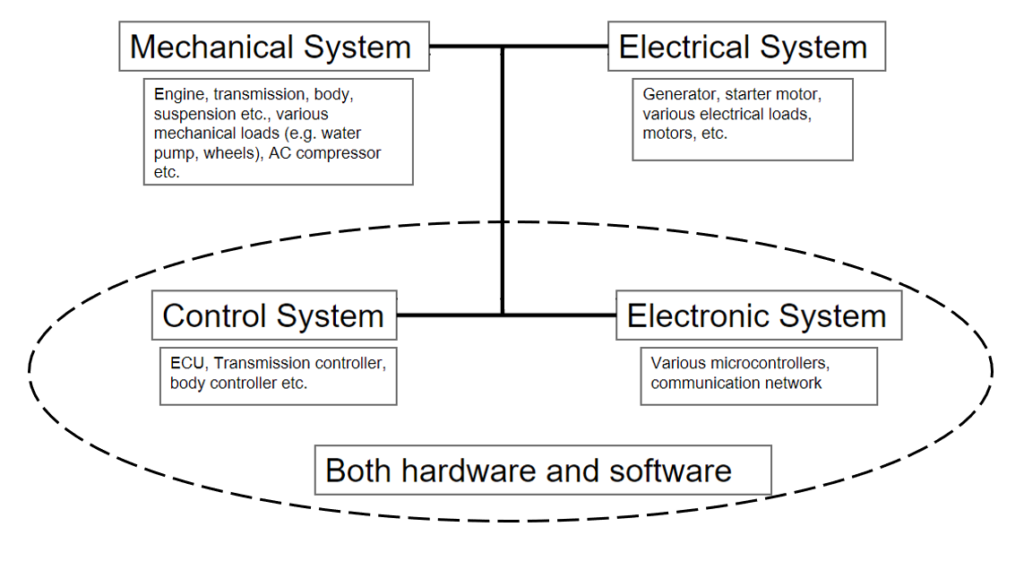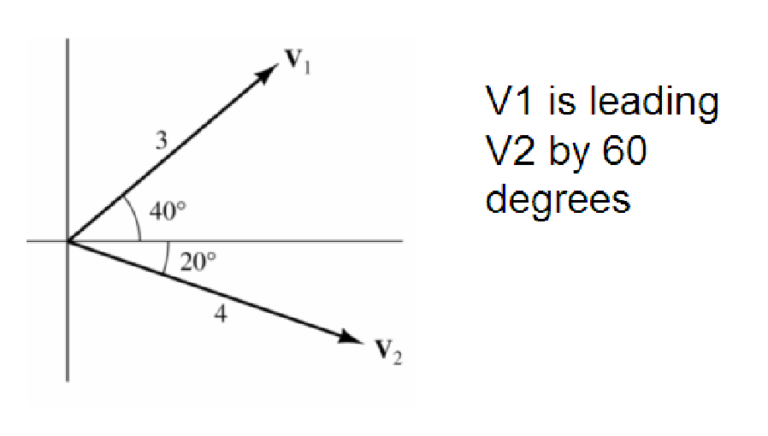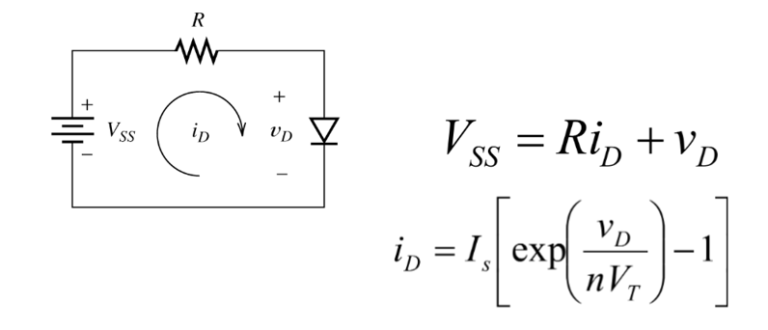Automotive Electronics Explained
Have you ever wondered how your automotive electronics/ eletrical system work? Specifically, how all the electrical and electronic systems work together to make your car go? Well, if you’re curious, you’re in luck, because today we’re going to talk about Understanding Automotive Electrical and Electronic Systems.

Automotive electronics encompass a range of electronic systems used in vehicles, including those for engine management, ignition, radio, carputers (CAN/ECU), telematics, and in-car entertainment. These systems are also integral to types of motorized vehicles such as: trucks, motorcycles, off-road vehicles, and other internal combustion-powered machinery like forklifts, tractors, and excavators.
The History of Automotive Electronic and Eletrical Systems
Automotive electronics have evolved significantly since the early 1930s when vacuum tube car radios were first introduced as factory-installed systems. The post-World War II era witnessed a major shift with the development of semiconductors, notably solid-state diodes, which became crucial for making the automotive alternator standard after 1960. Transistorized ignition systems followed in 1963, marking a new era in automotive technology.
The emergence of metal-oxide-semiconductor (MOS) technology was a turning point for modern automotive electronics. The MOSFET, originating from the work of Atalla and Kahng at Bell Labs in 1959, evolved into the power MOSFET by Hitachi in 1969 and the single-chip microprocessor by Intel in 1971. These innovations laid the groundwork for the widespread use of MOS integrated circuit (IC) chips and microprocessors in automotive applications, making them economically feasible in the 1970s.
Japan played a significant role in advancing automotive electronics, producing integrated circuits and microcontrollers for in-car entertainment, automatic wipers, electronic locks, dashboards, and engine control by the early 1970s. The Ford Electronic Engine Control (EEC) system, using the Toshiba TLCS-12 PMOS microprocessor, entered mass production in 1975. The 1978 Cadillac Seville featured a “trip computer” based on a 6802 microprocessor. These developments, alongside electronically-controlled ignition and fuel injection systems, allowed vehicles to meet fuel economy and emissions requirements while maintaining performance and driver convenience.
What is a powertrain system on a car?
The powertrain system is an essential part of a car that consists of all the components responsible for generating and transmitting power to the wheels. This includes mechanical systems such as engine, transmission, driveshaft, and differential, the electrical system which includes the generator, electric motors as well the the control and electronic system, which include all the ECUs and microcontrollers. All these systems works together to convert the energy from gas (ICE vehicle) or battery pack (EV) into mechanical power that drives the wheels, allowing the car to move.

Electrical System Basics
The battery is the heart of the electrical system. It’s what provides power to everything when the engine or main battery pack isn’t running. In an ICE vehicle the alternator is what recharges the battery while the car is running, so it’s crucial to making sure your car stays running. And the starter motor is what gets the engine crank when you turn the key.

How does all this work together? Well, it’s all about the flow of electricity. The battery provides a steady stream of power, which flows through circuits to different components in the car. Fuses are also used to protect against electrical overload and short circuits.
What are the 3 main automotive electrical systems?
First things first, let’s talk about the electrical system in your car. This system is responsible for providing power to the starter motor so your IC engine can start up, as well as powering all the electrical components in your car like the lights, radio, and power windows. The three main components of the electrical system are the battery, alternator, and starter motor.

Electronic System Basics
Now let’s talk about the electronic system in your car. This system is responsible for controlling and monitoring all the different functions of the car, from the engine and transmission to the air conditioning and center console /entertainment systems. In an engine the vehicle electronics system help increase the engine responsiveness, reduce engine noise and exhaust emission.

Sensors are devices that monitor various conditions in the car, such as the temperature, pressure, and position of different parts. Control modules are like the brains of the electronic system. They receive data from the sensors and use that information to make decisions and send commands to other components in the car.

The electronic system works by constantly sending and receiving data. Wiring harnesses are like the nervous system of the car, connecting all the different components and allowing them to communicate with each other. Microprocessors, which are like tiny computers, process this data and use programming (software) to make decisions about what actions to take. For example, in an ICE vehicle engine control module might receive data from a temperature sensor and decide to adjust the fuel mixture to optimize performance.
Major Electronics Components in Vehicles
The electronic components can be broken up into 3 key areas:
- Safety
- Anti-lock Brakes,
- Blind zone vehicle detection systems
- Traction control
- Airbags
- Communications and Entertainment
- AM/FM radio
- CD/DVD/Tape player
- GPS
- Wireless Entertainment System
- Convenience
- Power seats/mirrors
- Power locks/doors/windows
- Sun/Moon roof
- Major Electronics Components in Vehicles
What percentage of a car is software?
The percentage of a car that is software driven varies depending on the model and make of the vehicle. However, modern cars are becoming increasingly software-driven, with up to 100 million lines of code in some high-end vehicles. A vehicle built in 2000s only had about 20% software when compared to hardware. In 2010 that number was estimated to be around 38%. It is estimated that vehicles built in 2020s are around 45% software and this percentage is likely to increase in the future as cars become more connected and autonomous.

Key Differences Between Electrical and Electronic Systems
So, now that we understand the basics of both the electrical and electronic systems, let’s talk about the key differences between them. The main difference is that electrical systems use purely mechanical components to transfer energy, while electronic systems use digital signals and microprocessors.
There are advantages and disadvantages to both systems. Electrical systems are simpler and less expensive, but they’re also less precise and less efficient. Electronic systems are more complex and expensive, but they’re also more precise and efficient.
However, in modern cars, the two systems work together closely to ensure that safety is not compromised, fuel economy/ range is optimized, pollution and cost is minimized. For example, the electrical system might power the starter motor to get the engine crank, while the electronic system controls the fuel injection and ignition timing to keep the engine running smoothly.
Automakers try to maximize the commonality of systems and subsystems by standardization of hardware and software in vehicles.
Maintenance and Upkeep of Electrical and Electronic Systems
With the complexity of the overall system, there are more components which can go bad. So, how can you make sure your car’s electrical and electronic systems stay in good shape? It is much easier to check the health of the electrical system. To ensure your electrical system is functioning optionally make sure to check your battery voltage and your alternator output regularly, and keep an eye out for any warning lights on your dashboard. It’s also important to keep your battery thermals clean, and to replace it when necessary. And when it comes to replacing other components in your electrical or electronic system, make sure to choose high-quality replacement parts.
While certain items have been simplified through software and microcontroller based electronics, still they can fail (example being sudden acceleration problems in vehicle, which we heard the past years). Hence for the purpose of maintainability, it is important to have better diagnostic and prognostic tools
Future of Automotive Electrical and Electronic Systems
Finally, let’s talk about the future of automotive electrical and electronic systems. With the rise of electric and hybrid vehicles, these electronic systems are becoming even more complex and important. Several more establish system such as ECU, Transmission controller, body control, ABS are well developed and automotive engineers have a good grasp of how to design them to ensure optimal vehicle performance.
However other newer system like drive-by-wire (x-by-wire, where x can be “drive”, “fly” etc.) are still undergoing development. These new system rely heavily on both power electronics and communication network. As a result these system still require a lot of engineering to full optimize and ensure robustness.

It seem like the hot new thing in vehicles are huge display screens in the center stack. This change has caused huge changes in the area of vehicle system interface and smart phones connectivity. These huge new screens are extremely expensive and complex and require extensive work form a software perspective to be able to work as designed.
What Is a Software-Defined Vehicle (SDV)?
A software-defined vehicle is a vehicle that relies on software and data to control and manage its systems, instead of traditional mechanical components. This means that the car’s functionality and features can be upgraded and improved through software updates, similar to a smartphone or computer. By using sensors and data analysis, the car can optimize its performance, reduce fuel consumption, and provide a more personalized driving experience. Software-defined vehicles are an important step towards the development of autonomous cars and the future of transportation.
Conclusion
So there you have it, guys. A beginner’s guide to understanding automotive electrical and electronic systems. Whether you’re a car enthusiast or just curious about how your car works, I hope this article has given you a better understanding of these crucial systems.





